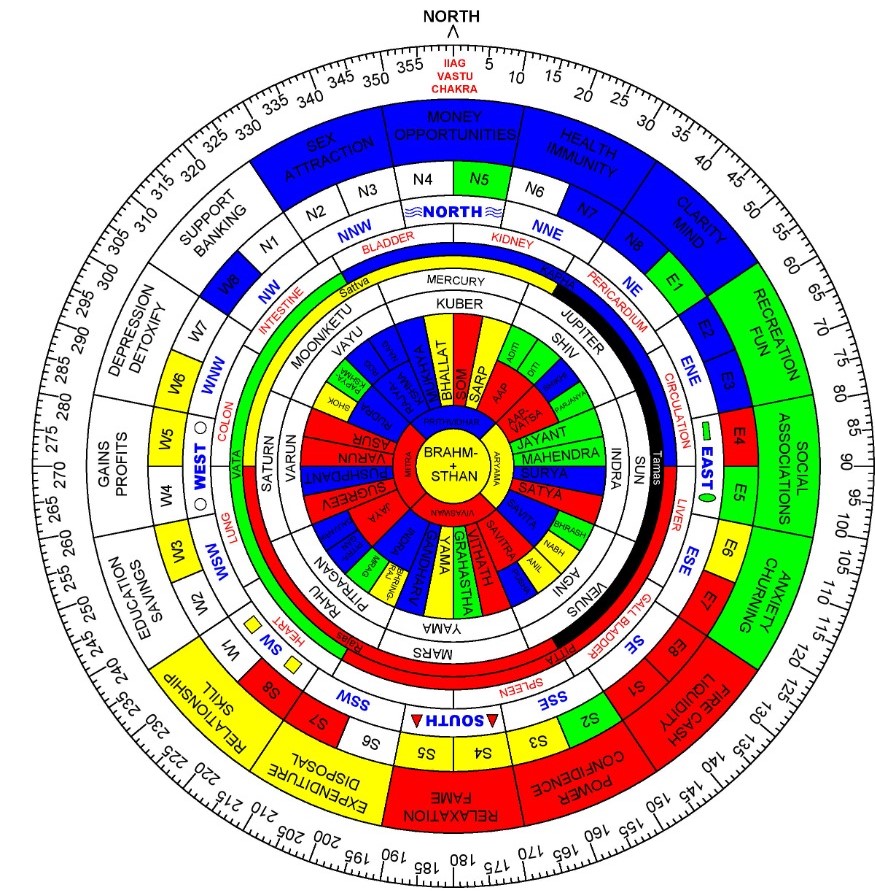-
Your shopping cart is empty!
Vastu
Vastu shastra (literally "science of architecture") is a traditional Indian system of architecture originating in India. Texts from the Indian sub-continent describe principles of Design, Layout, Measurements, Ground Preparation, Space Arrangement, and Spatial geometry. Vastu Shastras incorporate traditional Hindu and (in some cases) Buddhist beliefs. The designs aim to integrate architecture with nature, the relative functions of various parts of the structure, and ancient beliefs utilizing geometric patterns (yantra), symmetry, and directional alignments.
Vastu Shastra is the textual part of Vastu Vidya - the broader knowledge about architecture and design theories from ancient India. Vastu Vidya knowledge is a collection of ideas and concepts, with or without the support of layout diagrams, that are not rigid. Rather, these ideas and concepts are models for the organization of space and form within a building or collection of buildings, based on their functions in relation to each other, their usage, and the overall fabric of the Vastu. Ancient Vastu Shastra principles include those for the design of Mandir (Hindu temples), and the principles for the design and layout of houses, towns, cities, gardens, roads, waterworks, shops, and other public areas.
Vastu Astrology is an ancient scripture. This scripture is the science of building a house, building, office, commercial institution, commercial site, or industrial factory.
By following the rules, any person can make his life successful by acquiring peace, prosperity, and wealth.
This science is considered in the form of architecture in today's time & Vishwakarma, the creator of Vastu shastra in the scriptures has been considered.
IIAG Vastu Chakra

